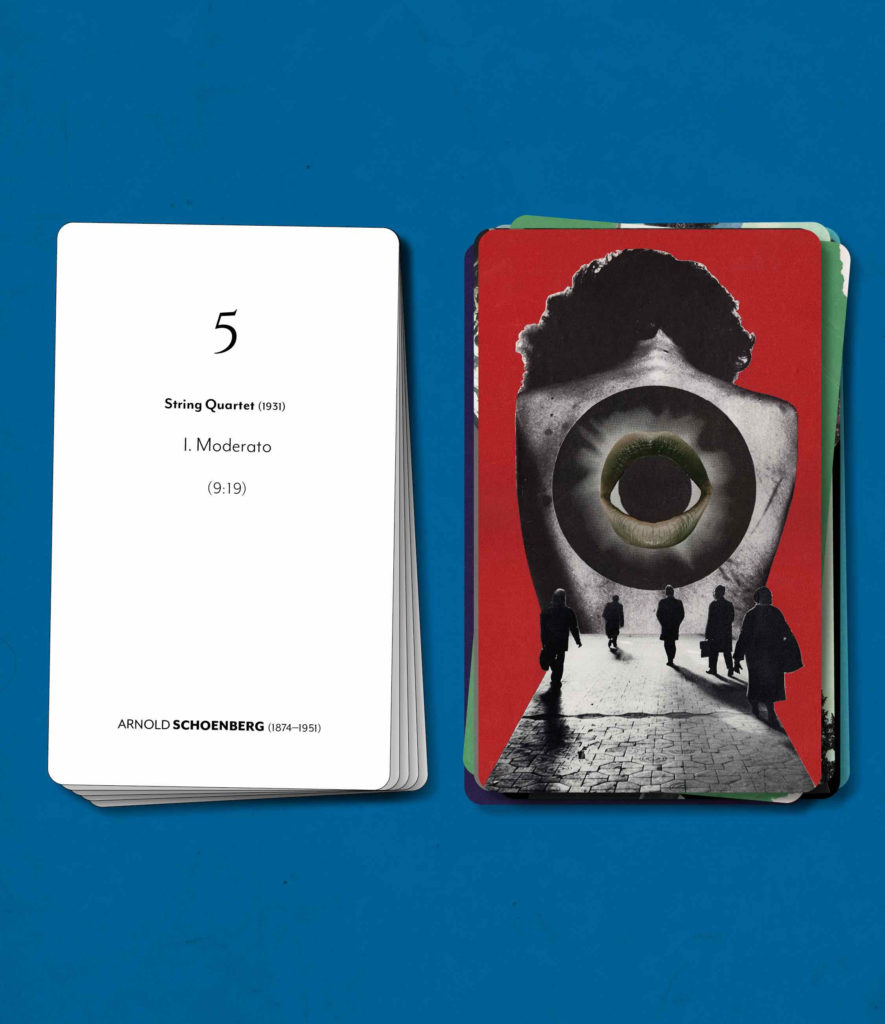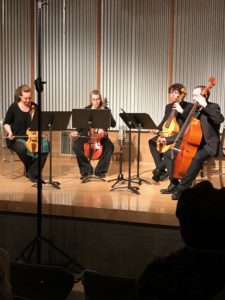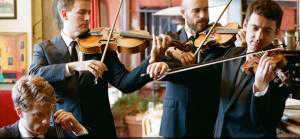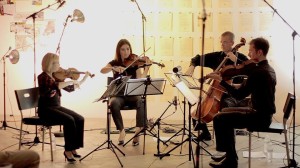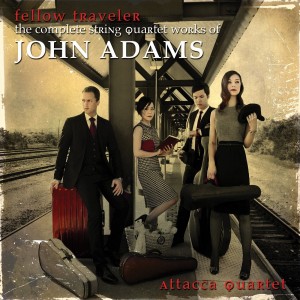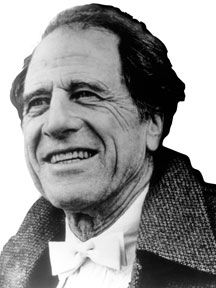
Buffalo Philharmonic and its music director JoAnn Falletta brought their considerable world class talent downstate to Carnegie Hall on Monday. The hall was full, despite persistent rain and the fact that the program was entirely dedicated to a composer whose name and music are not familiar to the casual music fan.
The celebrated composer and conductor Lukas Foss (1922-2009) put his indelible stamp on Buffalo when he was music director of the Philharmonic, 1963 – 1971. With programming that included a healthy dose of new music, he paved the way for a taste for contemporary works in Buffalo. He made a deep impression on JoAnn Falletta, whose association with him goes back to Milwaukee Symphony where she was his assistant conductor in the 1980s. It’s evident from the way Falletta talks about – and performs – Lukas Foss, that she reveres the man and his music.
This year, the centennial of his birth, brought some of his brilliant and neglected works to the stage, five of which were featured this evening. The ensemble performed the music as if it were in their DNA, although, as I later learned, the works were new to these players.
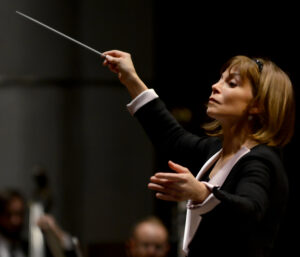
The program, while full of collaborative performers, allowed the Buffalo Philharmonic to shine on its own in the first and last pieces on the program. Foss said of the first work on the program, Ode, that it represented “crisis, war and, ultimately, ‘faith.’” It was appropriately heavy and ominous with BPO’s brass shining through with impressively dense chords.
BPO’s concert master, Nikki Chooi, took center stage as soloist for Three American Pieces, a work which seemed to shout “Americana!” Chooi’s warm tone and heartfelt playing were evident throughout. In fast passages, Chooi showed off his virtuosity as his bow bounced rapidly on the strings, a spiccato effect. Elements of jazz and country fiddling were woven into the composition; Chooi made the most of each of these styles, supported by various orchestra soloists, notably William Amsel’s jaunty clarinet.
The flutist Amy Porter was featured in Renaissance Concerto, a composition commissioned by the BPO in 1986 for the flutist Carol Wincenc. Foss called it a “loving handshake across the centuries,” and in the process of writing the work, tapped Falletta to help gather lute songs for his inspiration. The orchestra navigated fast riffs in excellent intonation, supporting the soloist. Foss cleverly plays with rhythms, delaying a beat to create a jagged rhythm in the second movement. In the third movement, the soloist’s portamento pitch slides affirm the work’s modernism; a passage which was echoed by principal flutist Christine Lynn Bailey with a nicely matched tone. Porter navigated the extended techniques with aplomb, generating percussive sounds meshing in duet with tambourine. With a dramatic flair, Porter inched her way off the stage as she played the final measures.
BPO was joined by The Choir of Trinity Wall Street and Downtown Voices, for Psalms, a work written in 1956. Tenor Stephen Sands (who is also Downtown Voices director), and soprano Sonya Headlam delivered solos that were spot on and especially moving; beautifully punctuated by harp, tympani and strings. Fugal passages were well-executed, and, with Falletta’s encouragement and direction, never overpowering. The singers had the spotlight to themselves for Alleluia by Foss’s teacher Randall Thompson, an a cappella work that was stunningly gorgeous and reverently performed.
Symphony No. 1, written in 1944, was the earliest work on the program. Textures in the orchestration evoked the sound and style of Copland, mixed with Bernstein, mixed with Hindemith; a sound parallel to the “midcentury modern” style of architecture and furniture. The third movement displayed an appropriate amount of swing, and each of the principal string players were radiant in their respective solo passages in the final movement.
The Lukas Foss Centennial Celebration at Carnegie Hall was a fitting tribute to this under-recognized American composer. Next week, Falletta and the Buffalo Philharmonic head to the recording studio, and an album of the entire program will be released by Naxos next year.

